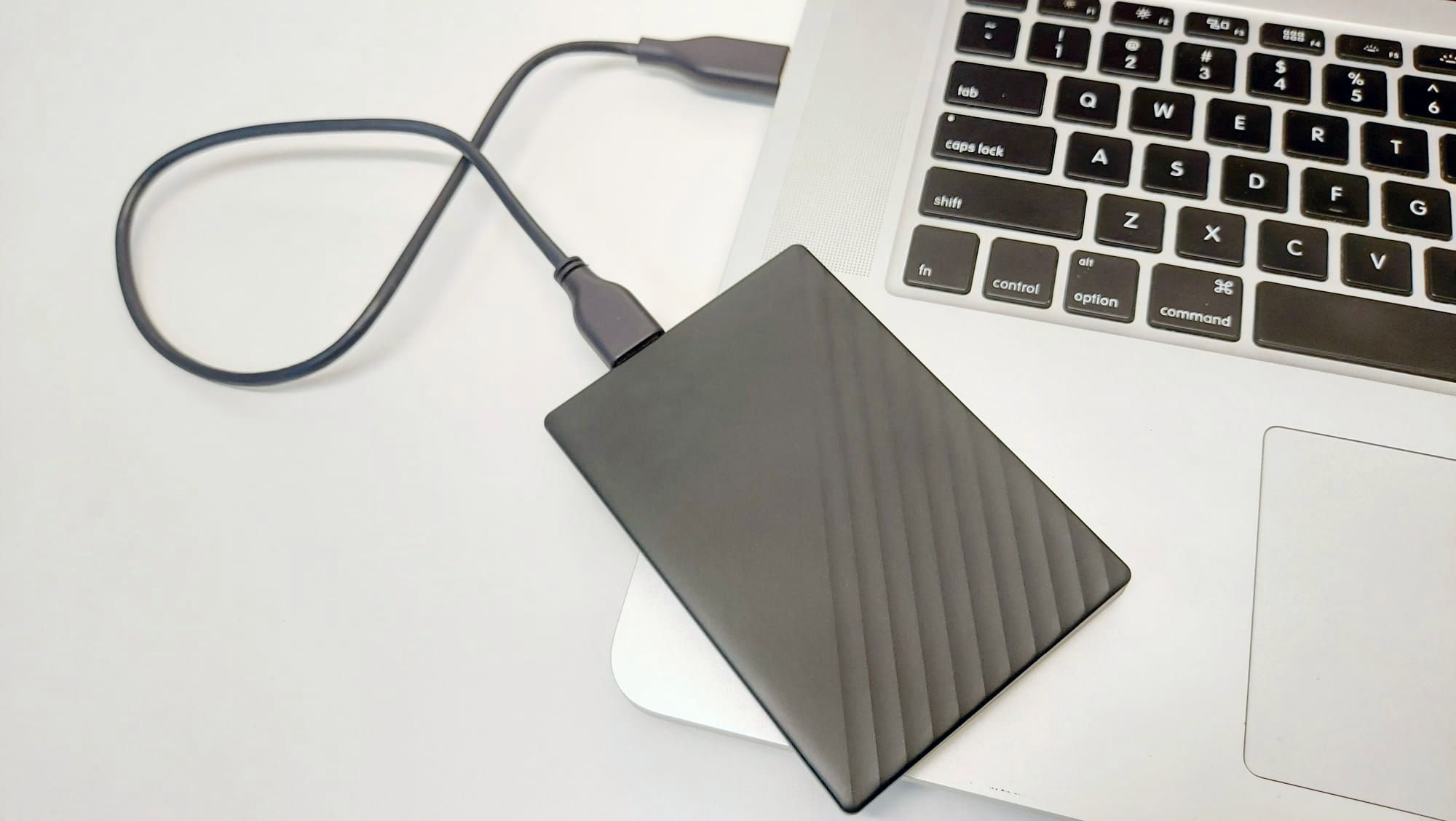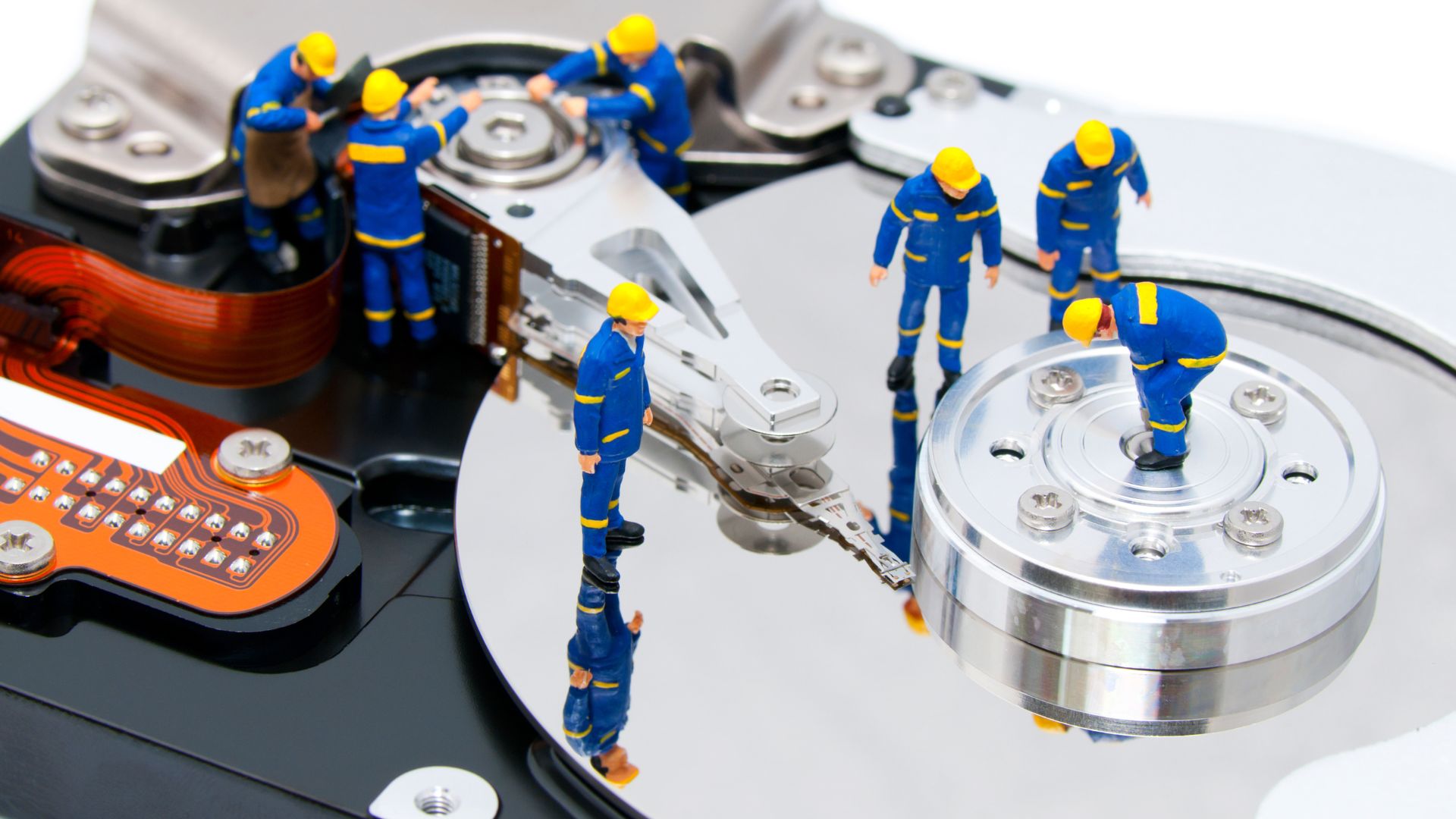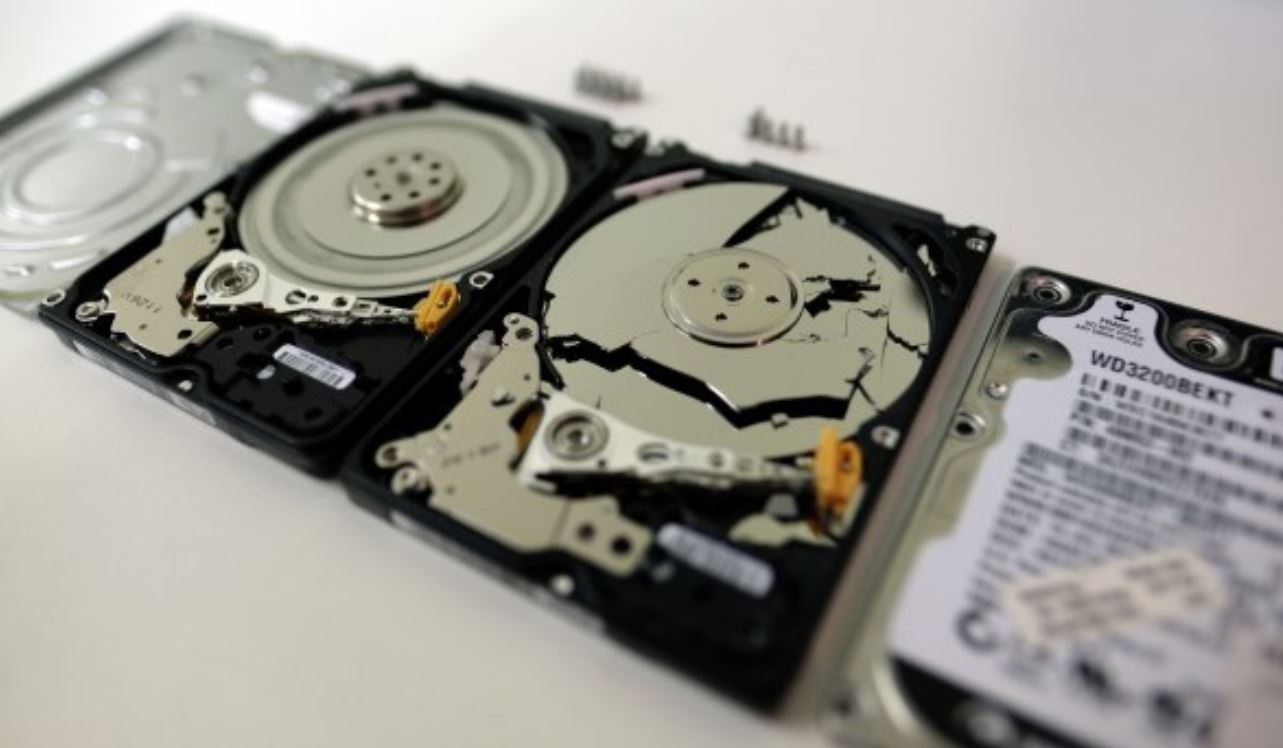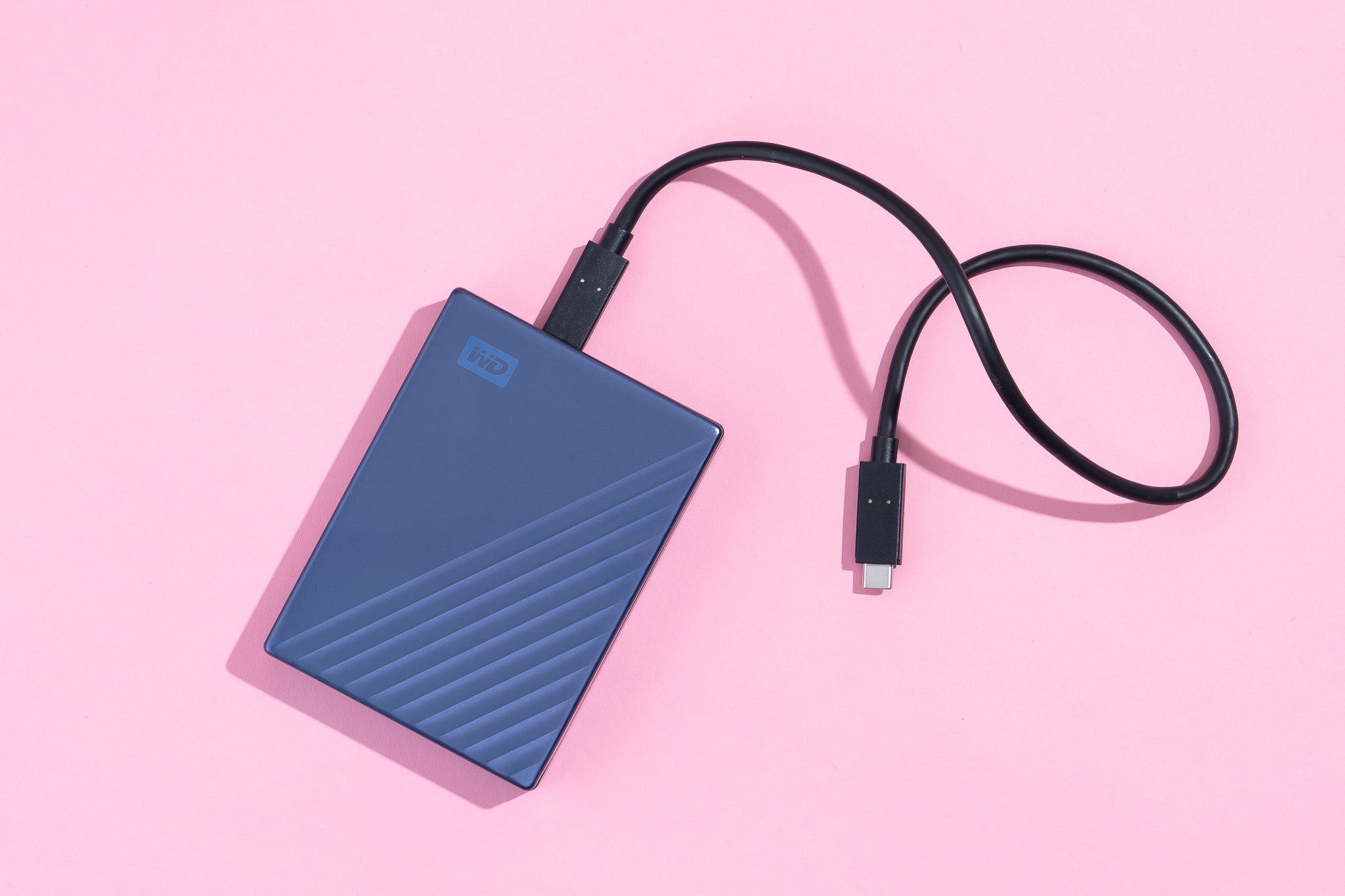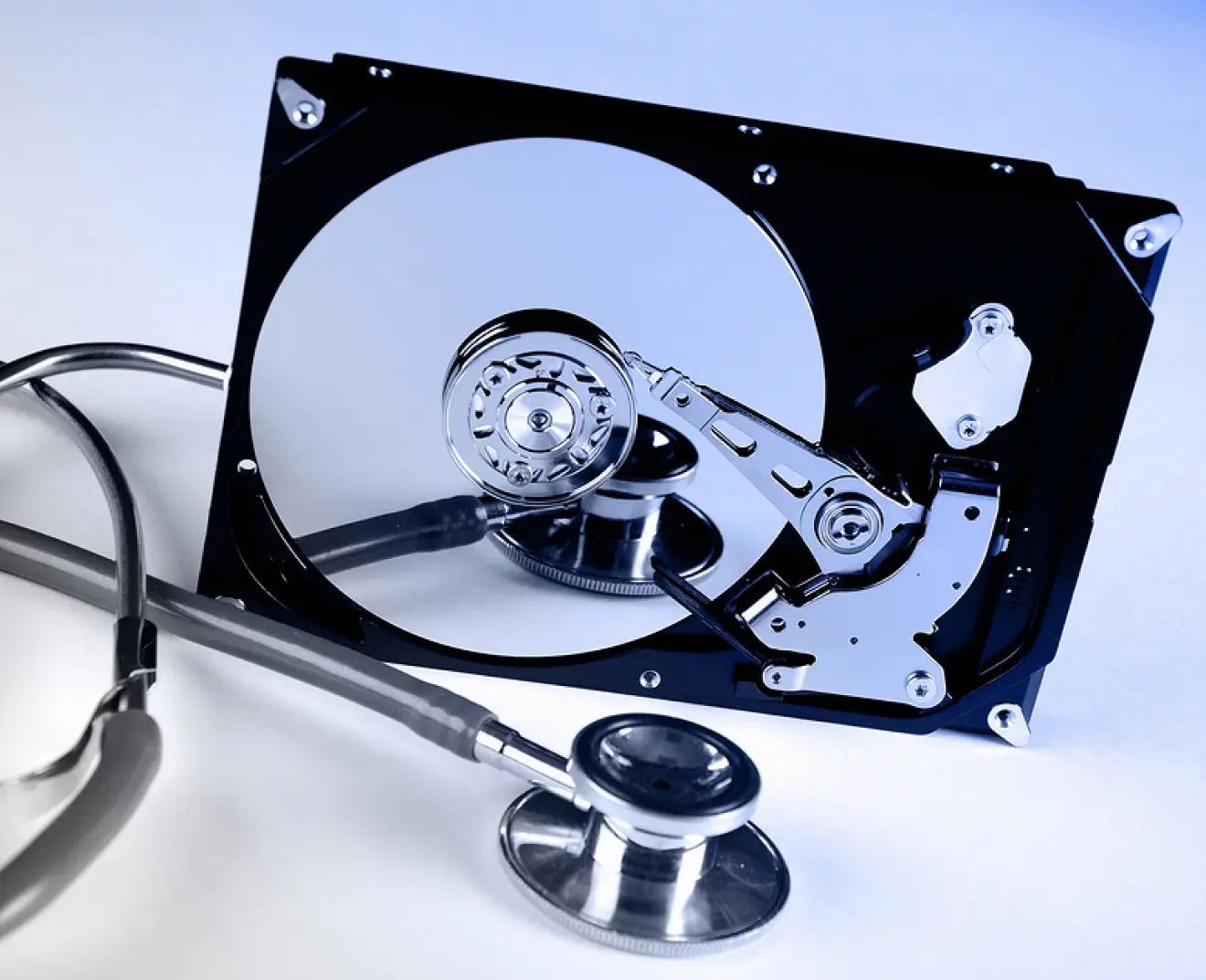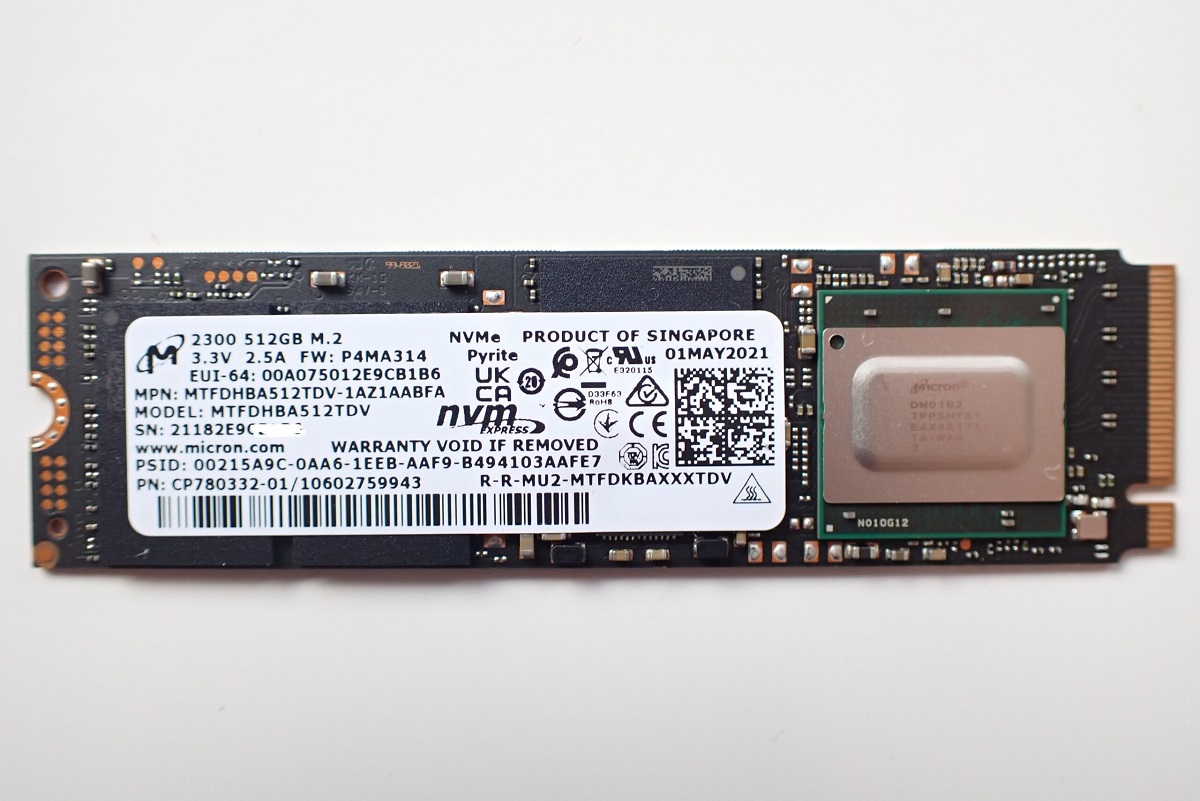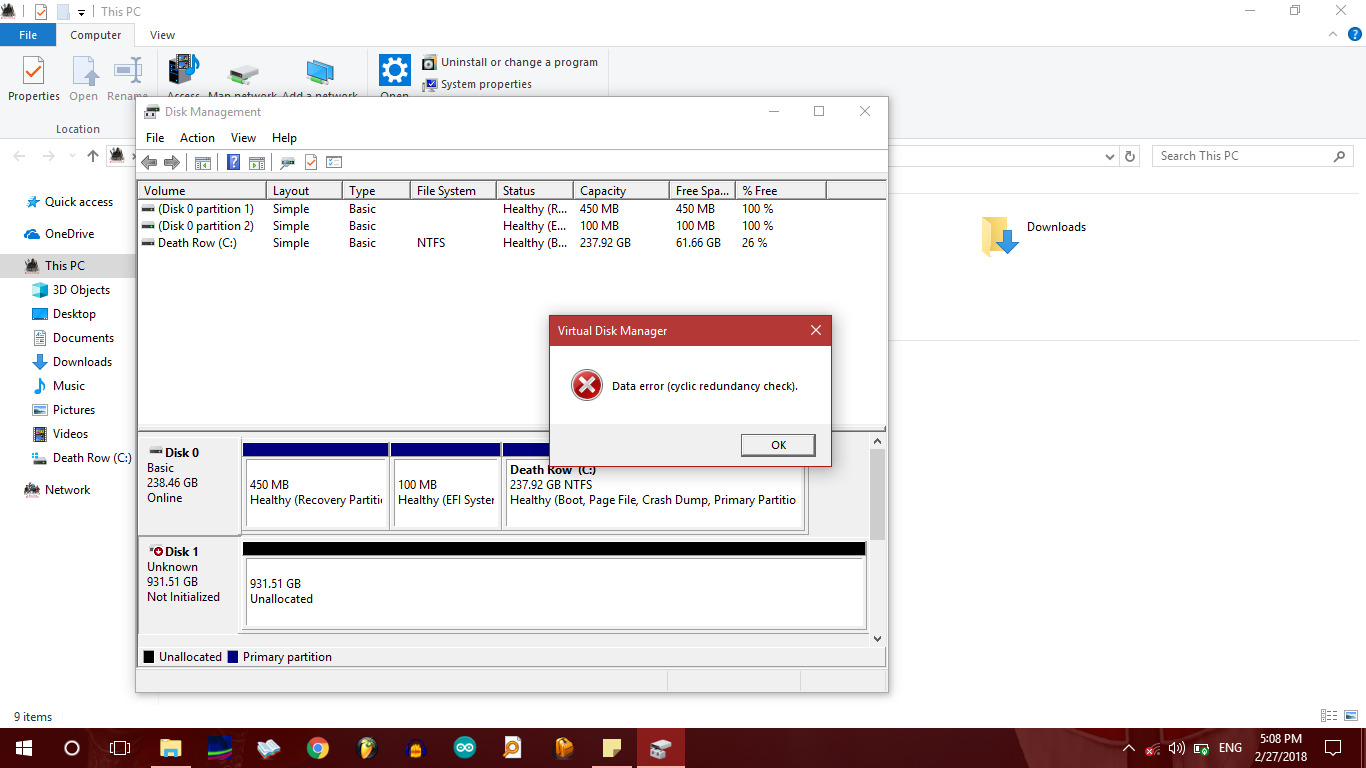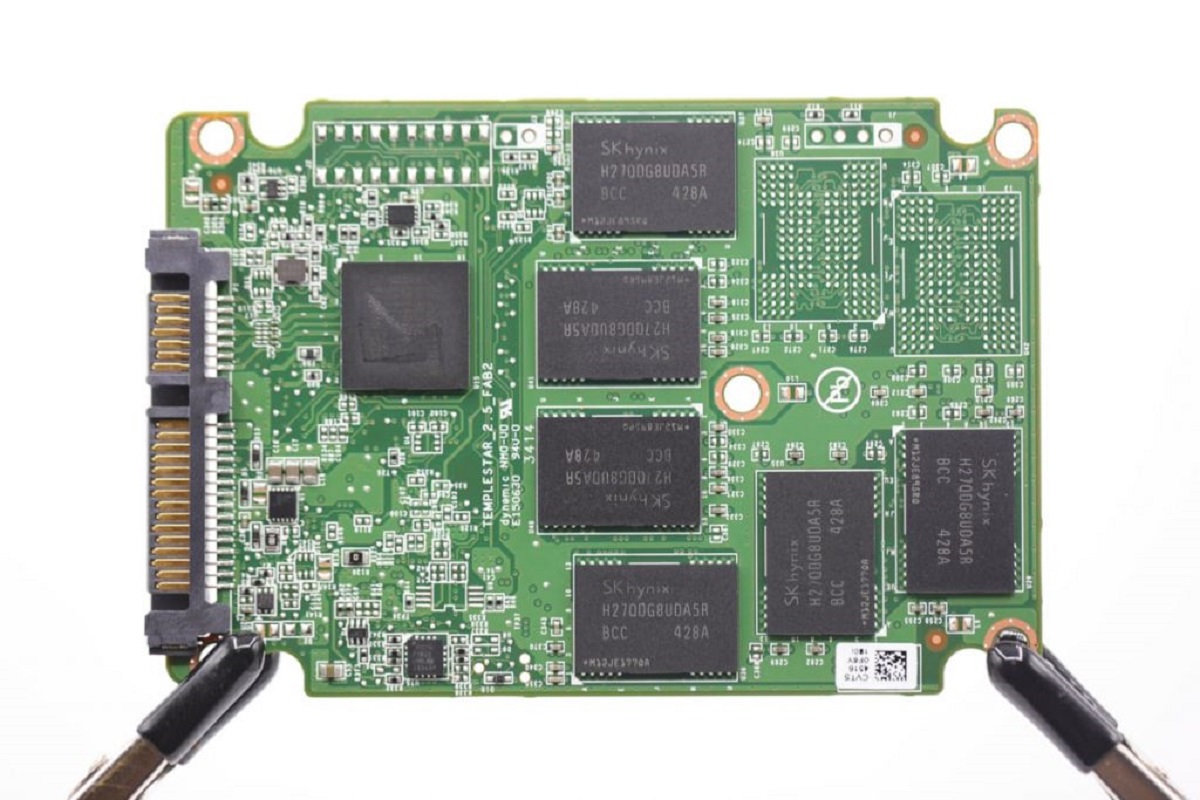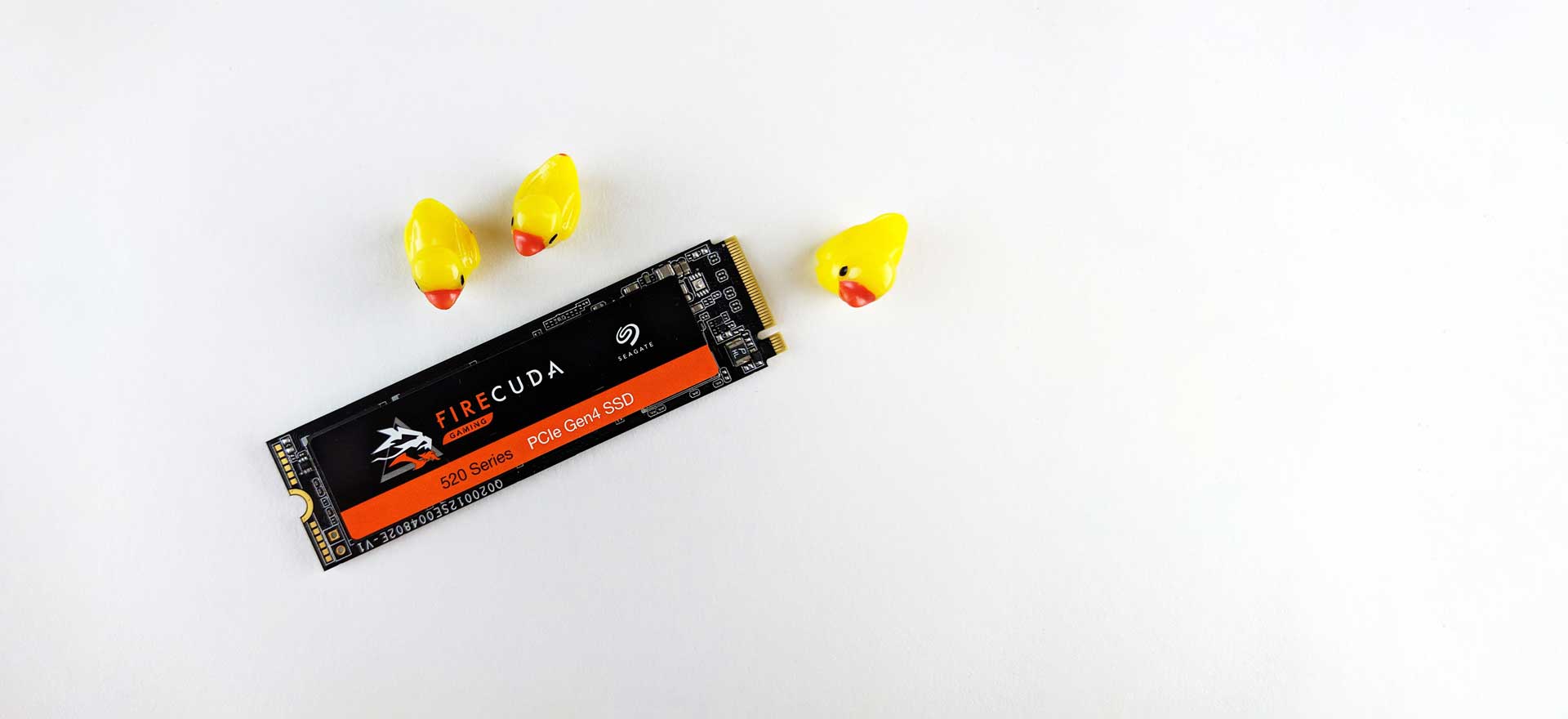Introduction
An external hard drive is a popular storage device used to store and backup important data. However, over time, these devices may develop bad sectors, which can hinder their performance and lead to potential data loss. Bad sectors are areas on a hard drive that cannot be read or written to due to physical damage or defects.
In this article, we will explore the causes of bad sectors on an external hard drive, how to identify them, and the steps to fix them. Additionally, we will provide some useful tips to prevent the occurrence of bad sectors and maintain the health of your external hard drive.
Dealing with bad sectors on your external hard drive is crucial to ensure the integrity and longevity of your data. If left unaddressed, bad sectors can spread and eventually make your drive unusable, which can result in permanent data loss.
By understanding the causes and signs of bad sectors, as well as the methods for fixing and preventing them, you can effectively manage and maintain the health of your external hard drive.
Now, let’s delve deeper into the world of bad sectors and explore the ways to fix them.
What are bad sectors?
Bad sectors are physical or logical defects on a hard drive that prevent data from being read or written properly. These sectors can occur on both internal and external hard drives and can be classified into two types: physical bad sectors and logical bad sectors.
Physical bad sectors are areas on the hard drive that have physical damage, such as scratches or magnetic errors. These defects can be caused by various factors such as manufacturing defects, improper handling, exposure to extreme temperatures, or age-related wear and tear. When the read/write head of the hard drive encounters a physical bad sector, it struggles to access or store data, resulting in errors or data corruption.
On the other hand, logical bad sectors occur due to software or file system errors rather than physical damage. These sectors are caused by issues such as incorrect shutdowns, power failures, malware infections, or corrupted file systems. When the file system tries to access a logical bad sector, it encounters difficulties in reading or writing data correctly.
Identifying bad sectors on an external hard drive is crucial to prevent potential data loss and ensure the reliability of your storage device. You may experience symptoms such as slow file access, frequent system crashes, unusual error messages, or files becoming corrupted. If you notice any of these signs, it is essential to address the issue promptly to avoid further complications.
By understanding the different types of bad sectors and their causes, you can take appropriate measures to fix them and safeguard your data. In the following sections, we will explore the various methods you can use to check and repair bad sectors on your external hard drive, both through built-in tools and third-party software.
Signs of bad sectors on an external hard drive
Detecting the presence of bad sectors on your external hard drive is crucial for data integrity and device maintenance. Understanding the signs of bad sectors will allow you to take prompt action and prevent potential data loss. Here are some common indicators that your external hard drive may have bad sectors:
- Slow read/write speeds: If you notice a significant decrease in the speed of accessing or transferring files, it can be an indication of bad sectors on your external hard drive. The read/write head encountering difficulties in accessing data from damaged sectors can cause delays and slowdowns.
- Data corruption: When bad sectors are present, files stored on those sectors can become corrupted or unreadable. If you experience sudden file errors, missing data, or files that were previously accessible becoming inaccessible, it may be due to bad sectors on your external hard drive.
- Frequent system crashes: Bad sectors can cause system instability and lead to frequent crashes or system freezes. If you notice an increase in the occurrence of system crashes when using your external hard drive, it may be related to the presence of bad sectors.
- Unusual sounds: Physical bad sectors can sometimes cause clicking or grinding sounds coming from the external hard drive. These noises indicate the read/write head struggling to access data due to damaged sectors. If you hear any unusual sounds, it is advisable to immediately check your hard drive for bad sectors.
- File system errors: Bad sectors can result in file system errors, which may manifest as error messages when attempting to access files or perform operations on the external hard drive. If you encounter frequent error messages related to disk or file system issues, bad sectors could be the underlying cause.
It is important to note that these signs may also be indicative of other issues, such as failing hardware components or software conflicts. However, if you notice one or a combination of these signs on your external hard drive, it is recommended to investigate the possibility of bad sectors and take the necessary steps to address the issue.
In the next section, we will discuss how to check for bad sectors on your external hard drive using built-in tools provided by the operating system.
Causes of bad sectors on an external hard drive
Bad sectors on an external hard drive can be caused by a variety of factors, both physical and logical in nature. Understanding the underlying causes can help you take preventive measures and minimize the risks of encountering bad sectors. Here are some common causes:
- Physical damage: Physical damage is one of the primary causes of bad sectors. It may occur due to mishandling or accidents that result in scratches, impacts, or exposure to extreme temperatures. Over time, physical damage can render certain areas of the hard drive unreliable, leading to the development of bad sectors.
- Aging and wear: External hard drives, like any mechanical devices, are subject to wear and tear over time. The continuous spinning and movement of the internal components can eventually lead to the degradation of the disk surface, increasing the likelihood of bad sectors.
- Power surges and outages: Sudden power surges and outages can disrupt the normal functionality of an external hard drive. These irregularities can cause the read/write head to improperly access data, resulting in the formation of bad sectors.
- Software and file system errors: In some cases, bad sectors can be caused by software or file system errors. Improper shutdowns, software conflicts, malware infections, or corrupted file systems can lead to data inconsistencies and the formation of logical bad sectors.
- Manufacturing defects: Although rare, manufacturing defects can contribute to the presence of bad sectors on an external hard drive. These defects may include flaws in the platter surface, malfunctioning read/write heads, or other internal hardware issues.
It is important to note that while some causes of bad sectors are preventable, others may be beyond your control. However, taking preventive measures such as proper handling, regular backups, and maintaining a stable power supply can help reduce the risk of encountering bad sectors.
In the next section, we will explore the methods for checking your external hard drive for bad sectors using built-in tools provided by the operating system.
Checking for bad sectors on an external hard drive
Regularly checking your external hard drive for bad sectors is essential to maintain its health and prevent potential data loss. Fortunately, most operating systems provide built-in tools that allow you to scan and detect any bad sectors on your external hard drive. Here are the methods for checking for bad sectors:
- Windows Error Checking: If you are using a Windows operating system, you can use the built-in Error Checking tool, also known as Check Disk (chkdsk). To access the tool, connect your external hard drive to your computer and open File Explorer. Right-click on your external hard drive, go to “Properties,” click on the “Tools” tab, and select “Check” under the “Error Checking” section. The tool will scan your drive for errors, including bad sectors, and attempt to fix them.
- macOS Disk Utility: For macOS users, the Disk Utility application can be used to check for bad sectors. Connect your external hard drive to your Mac and open Disk Utility. Select your external hard drive from the list of available drives, click on the “First Aid” tab, and then click on “Run” to perform a scan. The tool will check for any disk errors, including bad sectors, and attempt to repair them.
- Third-party software: If you prefer a more advanced and comprehensive scanning tool, there are several third-party software options available. These include programs like CrystalDiskInfo, HD Tune, or DiskWarrior, which offer more extensive diagnostic and repair capabilities. Research and choose a reliable third-party tool that is compatible with your operating system.
During the scanning process, it is important to note that it may take a significant amount of time, especially if your external hard drive has a large capacity or if it encounters a high number of bad sectors. Therefore, it is advisable to perform these scans when you have ample time and can afford to leave your computer running.
Once the scan is complete, the tool will provide a report indicating the presence or absence of bad sectors on your external hard drive. If bad sectors are detected, proceed to the next section to learn about the methods for fixing them.
Now that you know how to check for bad sectors on your external hard drive let’s explore the various methods of fixing them using both built-in tools and third-party software.
Fixing bad sectors using built-in tools
If your external hard drive is found to have bad sectors during the scanning process, you can attempt to fix them using the built-in tools provided by your operating system. The following methods explain how to fix bad sectors using these tools:
- Windows Error Checking: After running the Error Checking tool (chkdsk) on your external hard drive, it will attempt to fix the detected errors, including bad sectors. If the tool identifies any bad sectors, it will mark them as “unusable” and prevent data from being written to those areas in the future. To run the repair, follow the instructions given by the tool during the scanning process.
- macOS Disk Utility: If Disk Utility on macOS detects bad sectors on your external hard drive, it will attempt to repair them automatically. The tool may relocate the data from the bad sectors to healthy areas of the drive and mark the bad sectors as “unusable.” Simply follow the prompts provided by Disk Utility to initiate the repair process.
Note that while these built-in tools can fix some bad sectors, they may not be able to repair all of them. If the number of bad sectors is significant or if these tools are unable to fix the issue, it is recommended to consider using third-party software for further repair attempts.
Remember to always backup your important data before attempting any repairs. While the built-in tools aim to fix bad sectors without data loss, there is still a slight risk of data corruption or loss during the repair process.
In the next section, we will explore the alternative option of fixing bad sectors using third-party software.
Fixing bad sectors using third-party software
If the built-in tools provided by your operating system are unable to fix the bad sectors on your external hard drive, or if you prefer a more advanced and comprehensive solution, you can turn to third-party software specifically designed for repairing bad sectors. Here are the steps to fix bad sectors using third-party software:
- Research and choose reliable software: There are several reputable third-party software options available for fixing bad sectors. Some popular choices include SpinRite, HDD Regenerator, and Victoria. Take the time to research and choose a software that suits your needs and is compatible with your operating system.
- Backup your data: Before using any third-party software, it is crucial to backup all important data on your external hard drive. While these tools aim to repair bad sectors without data loss, there is always a slight risk of data corruption or loss during the repair process.
- Follow the software instructions: Install and launch the chosen third-party software. Each software may have a different user interface and specific instructions to follow. Carefully read and follow the instructions provided by the software to initiate the repair process.
- Perform the repair: The third-party software will perform a deep scan of your external hard drive, specifically targeting and attempting to repair the bad sectors. This process may take some time depending on the size and condition of your drive, so be patient and let the software complete its task.
- Monitor the repair progress: Keep an eye on the software’s progress as it repairs the bad sectors. Most software will provide a progress bar or status update to let you know how the repair is proceeding.
- Verify the results: Once the repair process is complete, the software should provide a report detailing the repaired bad sectors. It is recommended to run another scan using the built-in tools of your operating system to verify the effectiveness of the repair.
By utilizing third-party software, you can potentially fix a higher number of bad sectors and improve the overall health of your external hard drive. However, keep in mind that these software solutions come at a cost, and it is important to choose reputable software from trusted sources to ensure the safety and effectiveness of the repair process.
In the next section, we will provide some helpful prevention tips to avoid the occurrence of bad sectors on your external hard drive.
Prevention tips to avoid bad sectors on external hard drives
While it’s not always possible to prevent all instances of bad sectors, taking preventive measures can minimize the risks and prolong the lifespan of your external hard drive. Here are some tips to help you avoid bad sectors:
- Handle with care: Treat your external hard drive with caution and avoid dropping it or subjecting it to physical shocks. Mishandling can lead to physical damage and the development of bad sectors.
- Keep your hard drive cool: Overheating can be detrimental to the health of your external hard drive. Ensure proper ventilation and avoid exposing the drive to direct sunlight or extreme temperatures.
- Use a stable power supply: Abrupt power outages or fluctuations can cause data corruption and the formation of bad sectors. Connect your external hard drive to a stable power source or consider using a surge protector.
- Perform regular backups: Regularly back up your data to a separate storage location. This will not only protect you from potential data loss due to bad sectors but also from other unforeseen issues.
- Scan for malware: Malware infections can corrupt your files and cause logical bad sectors. Regularly scan your external hard drive for malware using reliable antivirus software.
- Avoid sudden removals: Always safely eject your external hard drive from your computer before disconnecting it. Abruptly removing the drive while it is in use can lead to data corruption and the formation of bad sectors.
- Consider periodic maintenance: Occasionally run disk cleanup and defragmentation tools provided by your operating system to optimize the performance of your external hard drive.
- Keep your system updated: Regularly update your operating system and firmware to ensure compatibility and address any potential bugs or security vulnerabilities that could affect your external hard drive.
By following these preventative measures, you can minimize the likelihood of encountering bad sectors on your external hard drive and help prolong its lifespan. Remember that no storage device is entirely immune to bad sectors, but taking these precautions will greatly reduce the risks.
Now that you have learned how to prevent and mitigate bad sectors on your external hard drive, let’s conclude our discussion.
Conclusion
Dealing with bad sectors on an external hard drive is essential for preserving the integrity of your data and ensuring the longevity of your storage device. In this article, we have explored the causes and signs of bad sectors, as well as methods for checking, fixing, and preventing them.
Bad sectors can be caused by physical damage, aging, power irregularities, software errors, or manufacturing defects. Identifying the signs of bad sectors, such as slow read/write speeds, data corruption, system crashes, unusual sounds, and file system errors, is crucial for early detection and mitigation.
By utilizing the built-in tools provided by your operating system, such as Windows Error Checking and macOS Disk Utility, you can attempt to repair bad sectors. These tools will scan the drive, mark the bad sectors as unusable, and prevent further data loss. If these tools are unable to fix the issue, third-party software can be a more advanced option, providing deeper scans and potential repairs.
Prevention is key when it comes to avoiding bad sectors on your external hard drive. Handling your drive with care, maintaining proper temperature and power supply, performing regular backups, scanning for malware, and following safe removal practices are crucial preventive measures.
Remember that no storage device is entirely immune to bad sectors. However, by understanding the causes, signs, and repair methods outlined in this article, you are equipped with the knowledge to effectively manage and maintain the health of your external hard drive.
Take proactive measures to regularly check your external hard drive for bad sectors, perform necessary repairs, and safeguard your valuable data. By doing so, you can ensure the reliability and longevity of your external hard drive for years to come.







